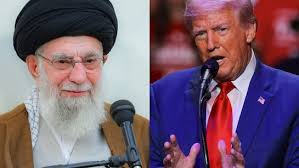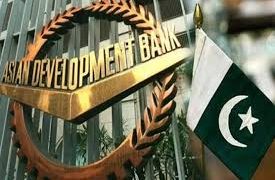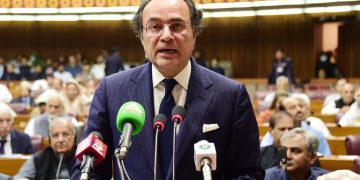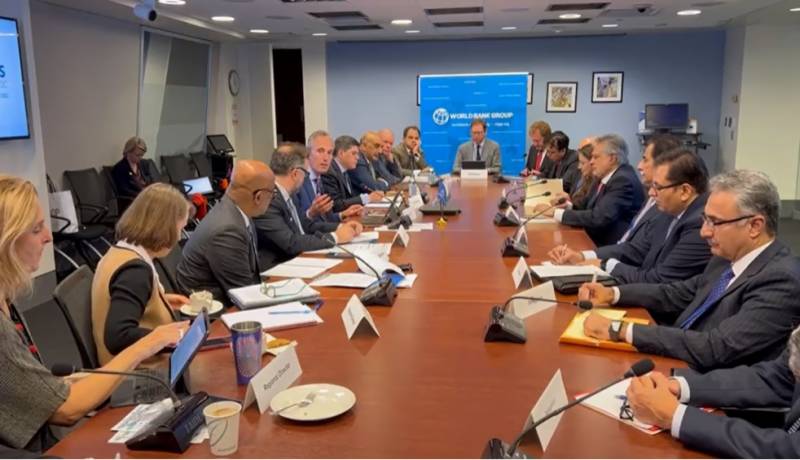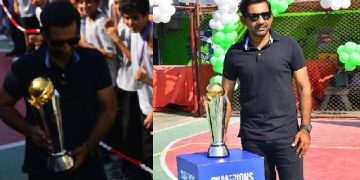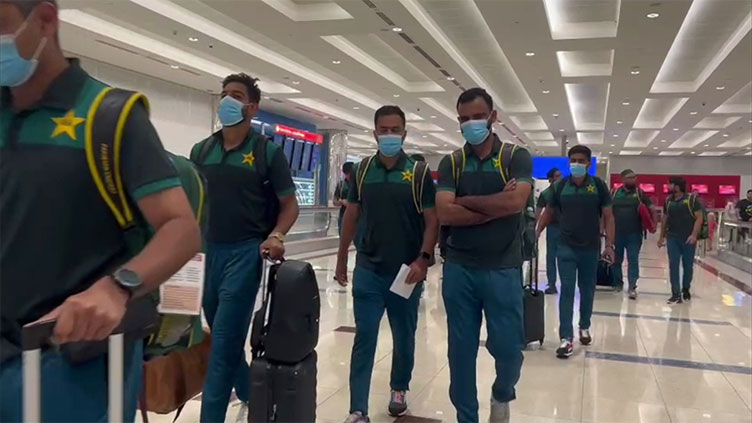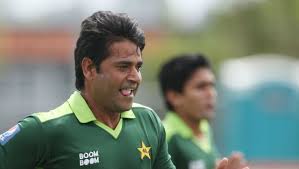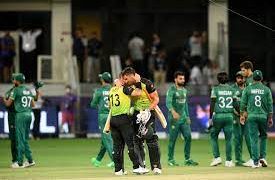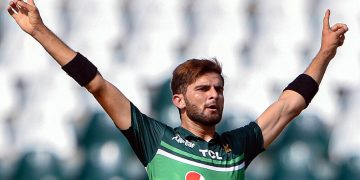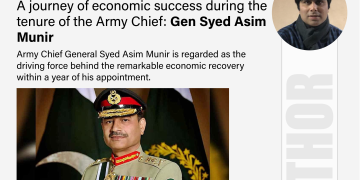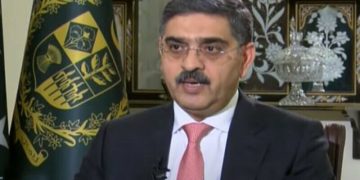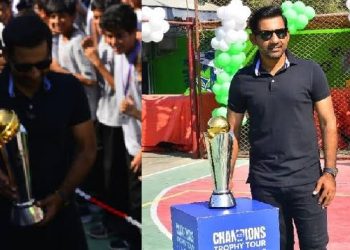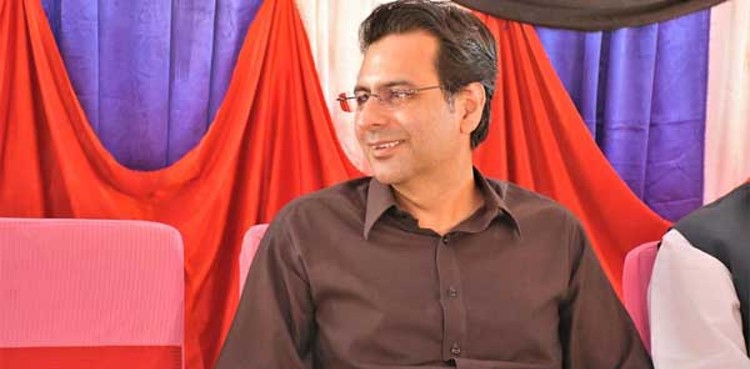The 2023-24 domestic season brings more competition and quality cricket with enhanced earning opportunities as eight regional sides and eight department teams will compete in separate first-class tournaments. This step will make sure that the regions and departments compete on a level playing field by utilising the best available talent.
The domestic structure is framed by the PCB Cricket Technical Committee headed by former captain Misbah ul Haq and Mohammad Hafeez. The committee had several meetings with all stakeholders to bring them on board, including regional presidents and representatives of departments.
The upcoming men’s season will commence on 10 September with the Quaid-e-Azam Trophy pitting top regional teams against each other, following which, top eight departments will feature in the President’s Trophy, starting December 15. The two tournaments will be played on single-league basis and the table toppers will play the final.
The 18 regional sides have been slotted with eight teams playing the premier first-class tournament Quaid-e-Azam Trophy while 10 regions will be playing Hanif Mohammad Trophy, a non first-class four-day tournament.
Teams have been listed according to their standings in the 2018-19 season from where the domestic structure resumes following the directives of PCB’s Patron-in-chief – also Pakistan Prime Minister. The PCB has revived the PCB 2014 Constitution, a move brought back the department in the domestic circuit. Both tournaments begin simultaneously.
Quaid-e-Azam Trophy: 10 September to 26 October
Hanif Mohammad Trophy: 10 September to 13 October
Abbottabad, Lahore and Rawalpindi will be hosting as many as 29 Quaid-e-Azam Trophy matches while Hanif Mohammad Trophy 10-team is divided in two groups with 23 matches will be hosted by Faisalabad, Islamabad and Multan.
Teams playing the Quaid-e-Azam Trophy are: Peshawar, Karachi Whites, Lahore Blues, Rawalpindi, FATA, Multan, Lahore Whites and Faisalabad.
Ten teams featuring in the Hanif Mohammad Trophy are: Abbottabad, Azad Jammu and Kashir, Bahawalpur, Dera Murad Jamali, Hyderabad, Karachi Blues, Larkana, Quetta, Sialkot and Islamabad.
The historic departmental cricket model which was scrapped altogether in 2019 PCB constitution, has made a remarkable comeback with over 40 teams have registered to involve in the circuit.
In the continuation of the 2018-19 season, eight departments will be playing President’s Trophy, first-class tournament. SNGPL, SSGC, WAPDA, KRL, PTV, NBP, State Bank are slotted from their standing in the last time they played in 2018-19 season. Eighth team, to be announced in due course. The tournament will be played from 1st to 18th November on single league basis with all 29 games in Karachi.
In January and February of 2024, Patron’s Trophy grade-II with three-day games and grade-III (two-day games) will run concurrently all over the country.
Teams winning the Hanif Mohammad Trophy, Patron’s Trophy grade-II and grade-III will earn promotions. The teams who finish at the bottom of the Quaid-e-Azam Trophy, President’s Trophy and Patron’s Trophy grade-II will be relegated to the lower rung.
Every regional team must have one player under the age of 21 in playing XI and at least two in the 30-player squad. These players must have come through PCB’s age-group programme.
Director Domestic Cricket Operations (A) Junaid Zia: “It gives me immense pleasure to announce that we have finalised the domestic structure for the upcoming season. I want to thank the Cricket Technical Committee, comprising Misbah-ul-Haq and Mohammad Hafeez, for their outstanding support in finalising the process, and the presidents of the regions for their inputs.
“This structure provides a level playing field to regions and departments as they will have the best cricket talent available to them. The separation of regions and departments in different tournaments also provides enhance earning opportunities for cricketers with separate contracts and more matches.
“We have also introduced U13, U16 and U19 tournaments for the regions so we access the young talent right away and provide them the right platforms and facilities to grow. Nurturing their talent at the very young age will help us in turning them into assets and make sure that no potential cricketer goes to waste.”





